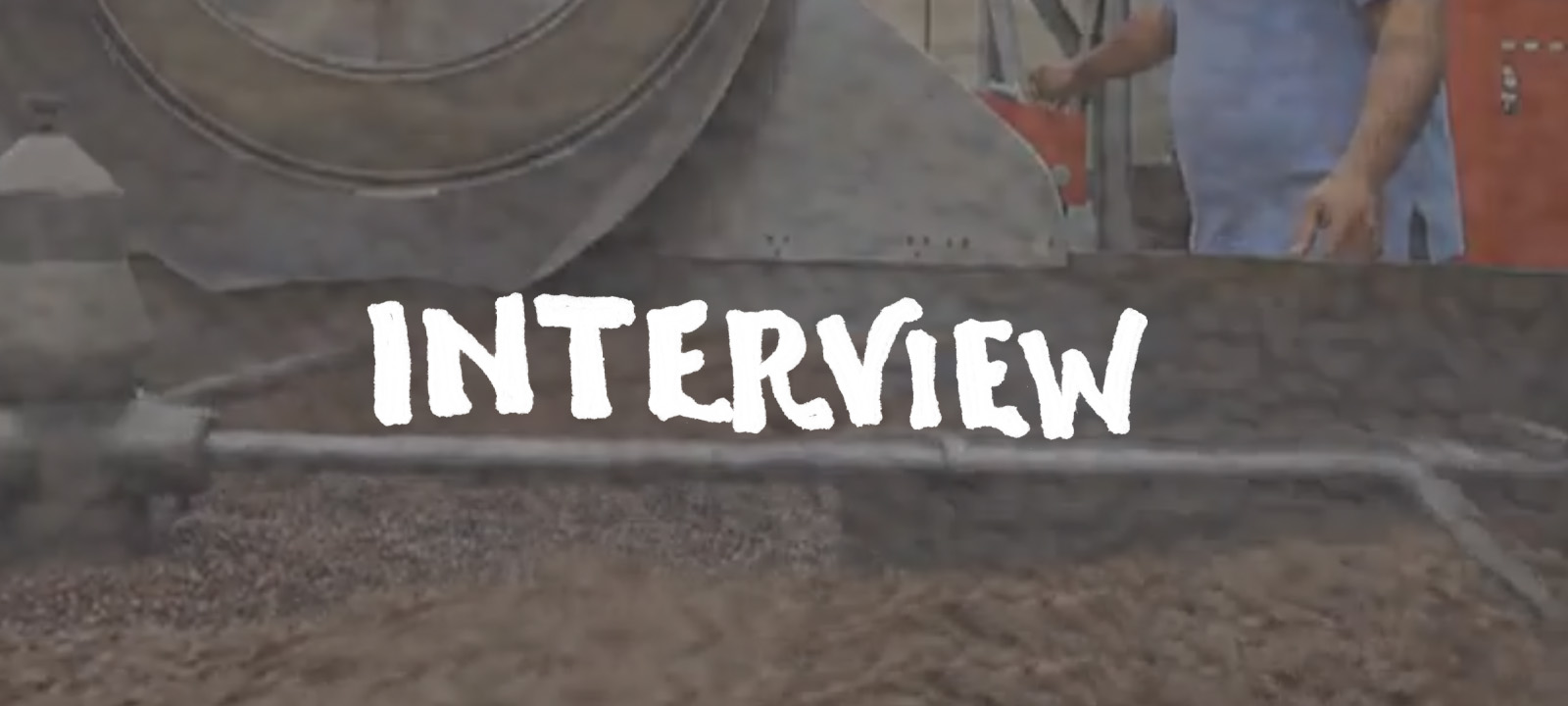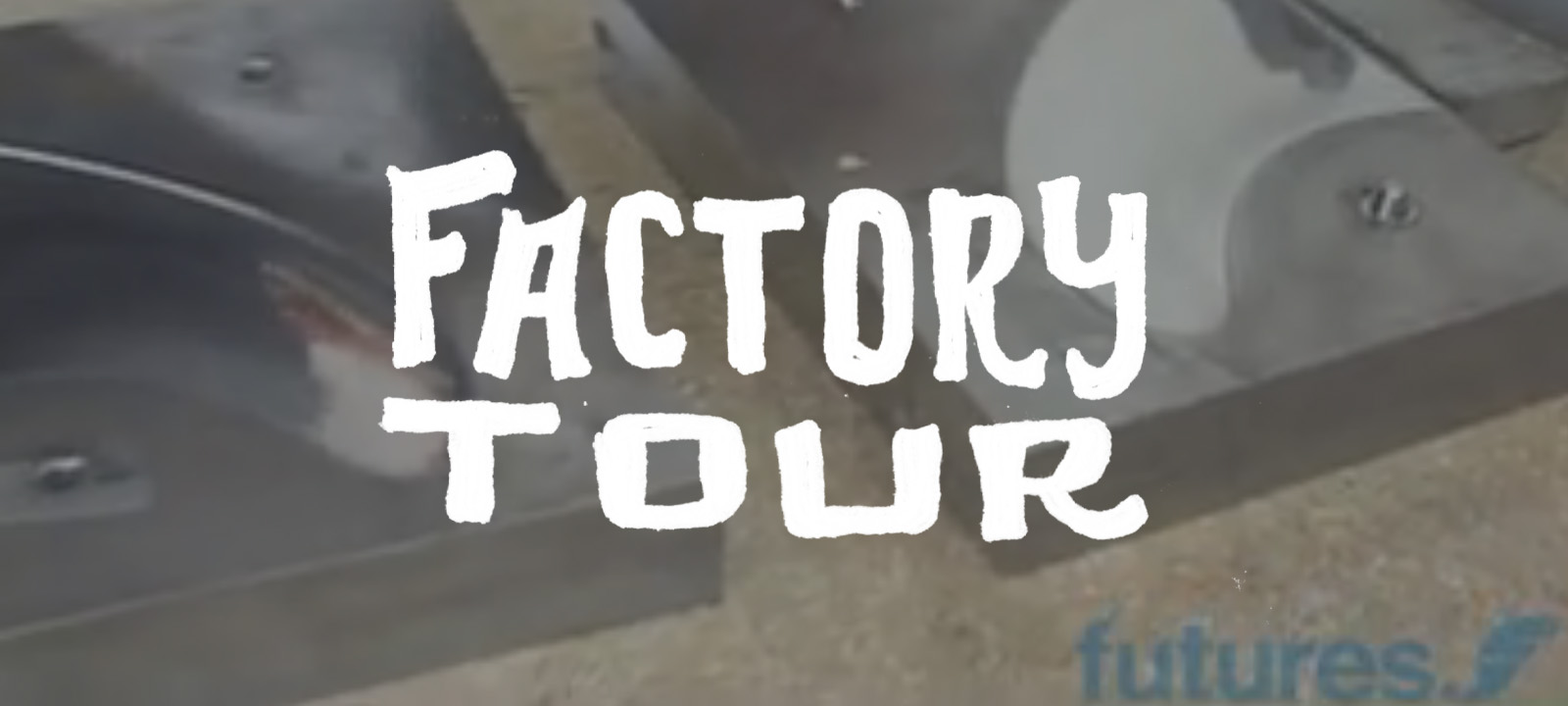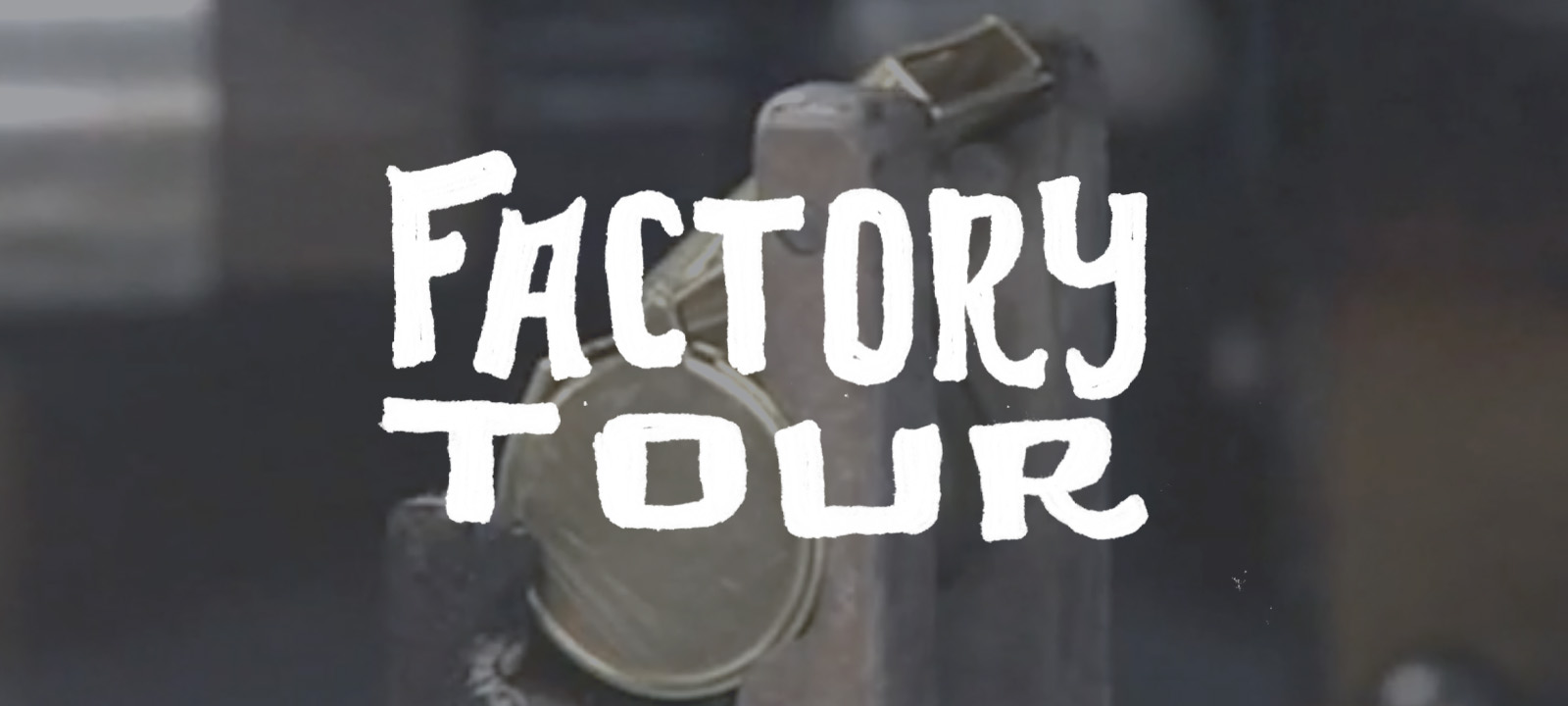Today’s interview is with Richard Worsham of Janus Motorcycles. Janus manufactures 50cc motorcycles in Goshen, Indiana with plans to expand into the 125-250cc market.
Can you give 50 BUILT readers some background on yourself and the events that lead up to starting Janus Motorcycles?
My co-founder, Devin Biek and I got into motorcycles through mo-peds: Puchs, Motobecanes, Kreidlers, Garellis, etc., all with 50cc engines and pedals. I worked at Devin’s shop, Motion Left Mopeds while in grad school, restoring, repairing, and customized vintage small displacement motorcycles and mo-peds locally and for clients in Chicago, Austin, New York, and the West Coast. We both have a passion for historic motorcycles, especially flashy 20’s record breakers and 60’s and 70’s 50cc Grande Prix bikes, so we tried to work those aesthetics into our builds. The business was good; Devin developed his own successful line of expansion chambers and performance parts capable of getting single-speed mo-ped engines from the 1970’s up to over 70mph. Motion Left is now the leading hand-made performance parts manufacturer for mo-peds in the country. It’s definitely a niche market, but it’s a very exciting one.
Gradually we started noticing that one of the main reasons many of our customers were so fascinated by vintage mo-peds, especially top-tank models like the Puch Magnum, was because they were essentially very small, very fun, very DIY motorcycles. There is a strong demand among young urban professionals for a small, sleek, and practical motorcycle for commuting and short excursions. Unfortunately, there isn’t anything other than cheap scooters, or older European mo-peds and Japanese bikes in that class available here in the States. American consumers don’t really have any options if they’re looking for a stylish new light-weight motorcycle.
Graduating in the spring of 2011 only to discover that there weren’t as many jobs as when I went into school in 2007 was really the turning point. We thought- what’s keeping us from doing something extraordinary? Let’s start a production motorcycle company and build the bikes that we and our customers really want. Through our experience manufacturing performance parts including handlebars, exhaust systems, intakes, clutch upgrades, sprockets, seats, and fuel tanks, we had built up a healthy network of local craftsmen and suppliers here in the heart of American manufacturing. We lost the pedals and opted for a 50cc 6-speed motorcycle engine. We joke that we are reinventing the motorcycle starting a 70 years ago as we add water-cooling, electronic ignition, and hydraulic forks to our small-displacement bikes.
We currently work with about 3 main employees who do the bending, forming, and welding for our frames and tanks, and contract a number of local craftsmen for our leather goods, fenders, cutting, machining, engraving, chroming, and painting. Devin and I lead product design and development, quality assurance, testing, and final fit and finish. We are a small company, but we share a wide array of skills and experience that make what we are doing possible.
What does it mean to be a part of an industry that has such a rich tradition in American history?
Looking back at all the great American motorcycle companies: Indian, Harley, Crocker, Schickel, Cleveland, and more recently the Buell motorcycle company, it’s a lot to compare oneself with. We just try to remember that Harley started off in a 10’x15’ shed, Buell in a barely-heated barn… the list goes on. It’s hard to think that the world still operates like that in an age of start-up software firms in chic studios, but manufacturing really is its own beast. It’s extraordinarily difficult, yet if approached with a very basic, and at the same time innovative attitude, it is essentially the same thing it was in 1903 when Harley-Davidson started off: a lot of hard work with the promise of something great. We are extremely proud to be a part of that tradition.
The fact that we founded the company with the goal of building a different kind of motorcycle here in America, is, I am convinced, our main strength. There are hundreds of companies in Asia doing something very similar to what we are doing: building smaller bikes, some even with traditional lines. The difference is that our focus is on a high level of quality and excellence, instead of a high level of volume at minimum cost. Each of our craftsmen takes an amazing amount of pride in what he does, and our customers are individuals willing to pay for a high-quality product that is designed to last.
As we display our bikes at motorcycle events around the country, we have received an interesting range of responses. What we are doing is immanently “American,” in the sense of manufacturing and quality, but at the same time counter to a lot of what people expect from the American motorcycle industry simply because we are not building large, heavy-weight cruising bikes. Our motorcycles take a lot of people by surprise, but the response has been overwhelmingly welcoming and enthusiastic. Men and women alike, as well as individuals who may never have been interested in riding a motorcycle are instantly attracted to the bikes’ simplicity and open lines. We hope that what we are trying to accomplish is a step toward building a younger, broader generation of American riders, and ideally, a new American motorcycle company producing bikes ranging from 125 to 250cc’s.
What percentage of the components for the bikes that you manufacture are made in the USA?
About 85% of what we currently have in the bike is made here in the States. We design and build everything we can here in our home-town of Goshen, Indiana, including the frames, subframes, fuel tanks, exhaust systems, fenders, leather seats and saddlebags, handlebars, wiring harnesses, paint, and all the additional brackets and components that make up the complete motorcycle. We are finally at the point where we are checking that our steel is manufactured in the States, that our hardware originates from American companies, etc. Suppliers are very helpful with this and almost always go out of their way to make something work for us. The remaining 15% is divided among a couple of our electrical components and three items that require a significant investment in development and casting. These include our motor, our hubs, and our front suspension. Although we are currently importing these cast parts, we are focused on transitioning to local, Indiana foundries or suppliers as we gain the necessary momentum. It’s only a matter of time.
Manufacturing is difficult, but importing at our scale is ridiculously impractical. The sooner we can get away from dealing with foreign manufacturers, customs, freight-forwarding firms, etc. the sooner we will be able to slim down our supply chain and hone in an efficient production process. The beauty of what we do is that we can drive to almost any of our suppliers in about 20 minutes. If a product is out of spec or unsatisfactory, we can solve the problem quickly and efficiently by speaking with the craftsmen themselves.
We have been amazed to find that importing components at this, the most difficult scale of production, and on a tight budget and time frame is honestly counterproductive. What we gain in reduced costs from purchasing from oversees, we loose in the time, shipping, damaged goods, and worst of all, potentially unacceptable product.
Janus has goals to grow and be a production company for 125-250cc motorcycles, correct? What part of your process will change to reach that goal?
Our current plant is capable of producing up to about 500 units a year, so we are beginning the planning process for scaling-up in the next year or two, depending on our ability to expand our dealer network. In terms of our actual manufacturing process, we don’t foresee any critical changes in our operation at this point –just a continued expansion and development of our model line. That’s not to say we know exactly how things are going to play out, but that our current capacity is a lean one that can shift quickly to accommodate changing circumstances and challenges.
We are currently in production of our first model, the “Halcyon”, an homage to 1920’s and 30’s record-breakers: Brough Superior, Indian, Triumph, and Zenith, to name a few, and will be introducing our second model, the “Phoenix,” early next year. We will also be offering the Halcyon and Phoenix in both 50cc and 125cc models, with plans for a 250 in 2014.
What we are doing right now is really the hardest part; working with low production numbers, while at the same time ensuring that we are building production-level units is an interesting balance. The temptation is to approach every bike like a one-off work of art, but we have to remind ourselves that the production of each component is part of a highly-organized system that makes up the complete manufacturing process. The more we put into organizing that process and figuring out a way for each component to be replicable at a specific level of quality, the more perfect each bike will turn out as our production numbers increase. Determining what stage of that process is holding up our ability to deliver complete units is a sort of constantly changing puzzle. With increased production, that maze will become much more stable, and I look forward to the point when we can more closely pinpoint cost or quality pitfalls and improve the product quality and final cost.
Will sourcing American made parts becoming more difficult as the company grows?
As the company grows, our ability to source American-made parts will be greatly improved. I think the real threat to companies like ours using American components and materials is not necessarily our ability to source them, but the temptation to get them cheaper from overseas. For American manufacturers like us, that temptation is outweighed by our need for the highest quality product available.
If you could tell our readers one factor that is the greatest threat or advantage to keeping things made in America, and allowing companies like Janus to succeed, what would it be?
We started working with local craftsmen simply because they were all around us, but through the process of prototyping and manufacturing our motorcycles and performance parts, we realized that what we are doing really wouldn’t be possible anywhere else on earth. We rely on a high level of personal integrity and sense of investment on the part of each of our suppliers and employees and we have yet to be disappointed. On the other hand, we continually have to send parts back and demand higher standards from the larger suppliers we import from. Much of this, of course, has to do with the proximity of the domestic suppliers, but I cannot emphasize enough how impressed we have been with the quality and ingenuity of the people we work with everyday here in Elkhart County, Indiana.
Stateside production has other, very real, benefits. We frequently turn to the craftsmen themselves for input on a specific part or process, and in this sense have direct access to the long tradition of American craftsmanship, even though we are a start-up company. That tradition is going to be the greatest advantage by far to keeping things made here in the U.S., and the success of Janus Motorcycles.




